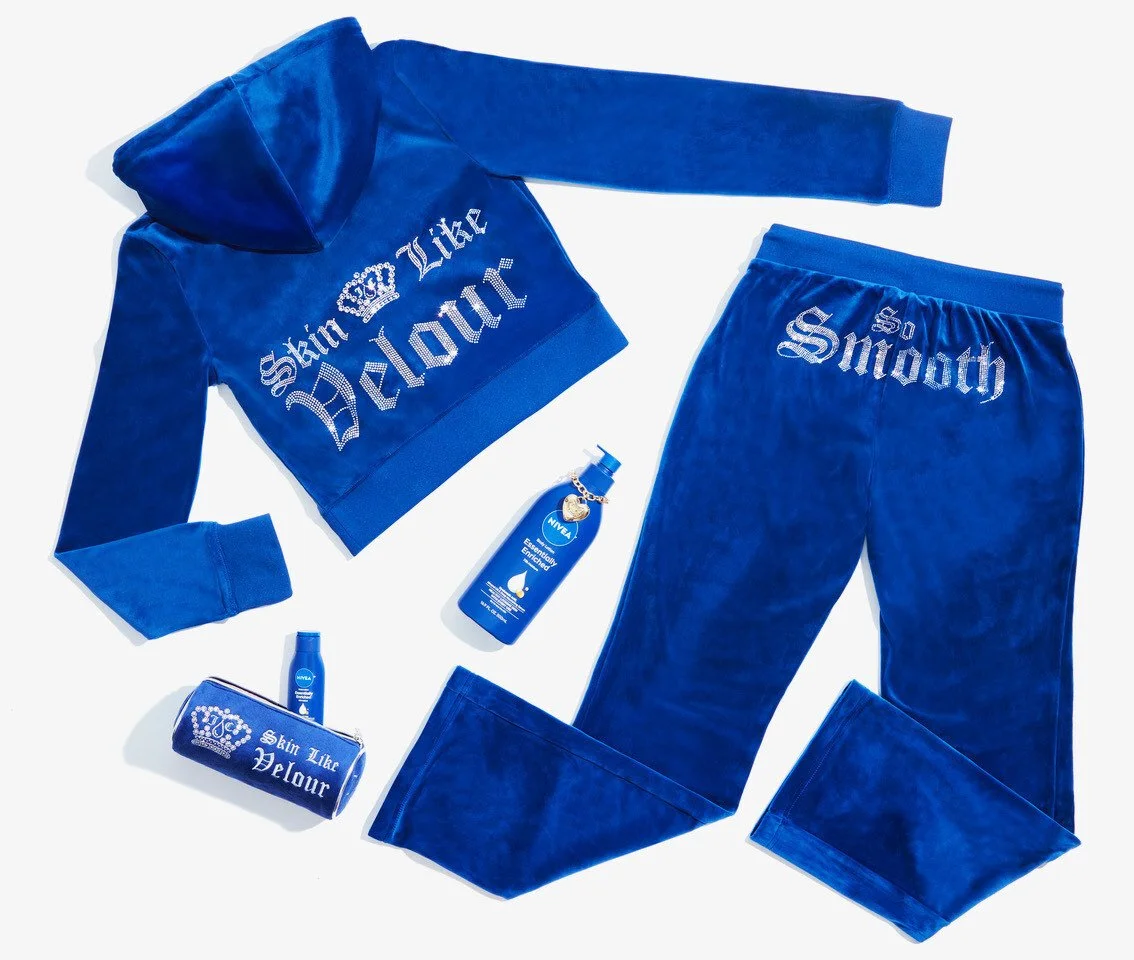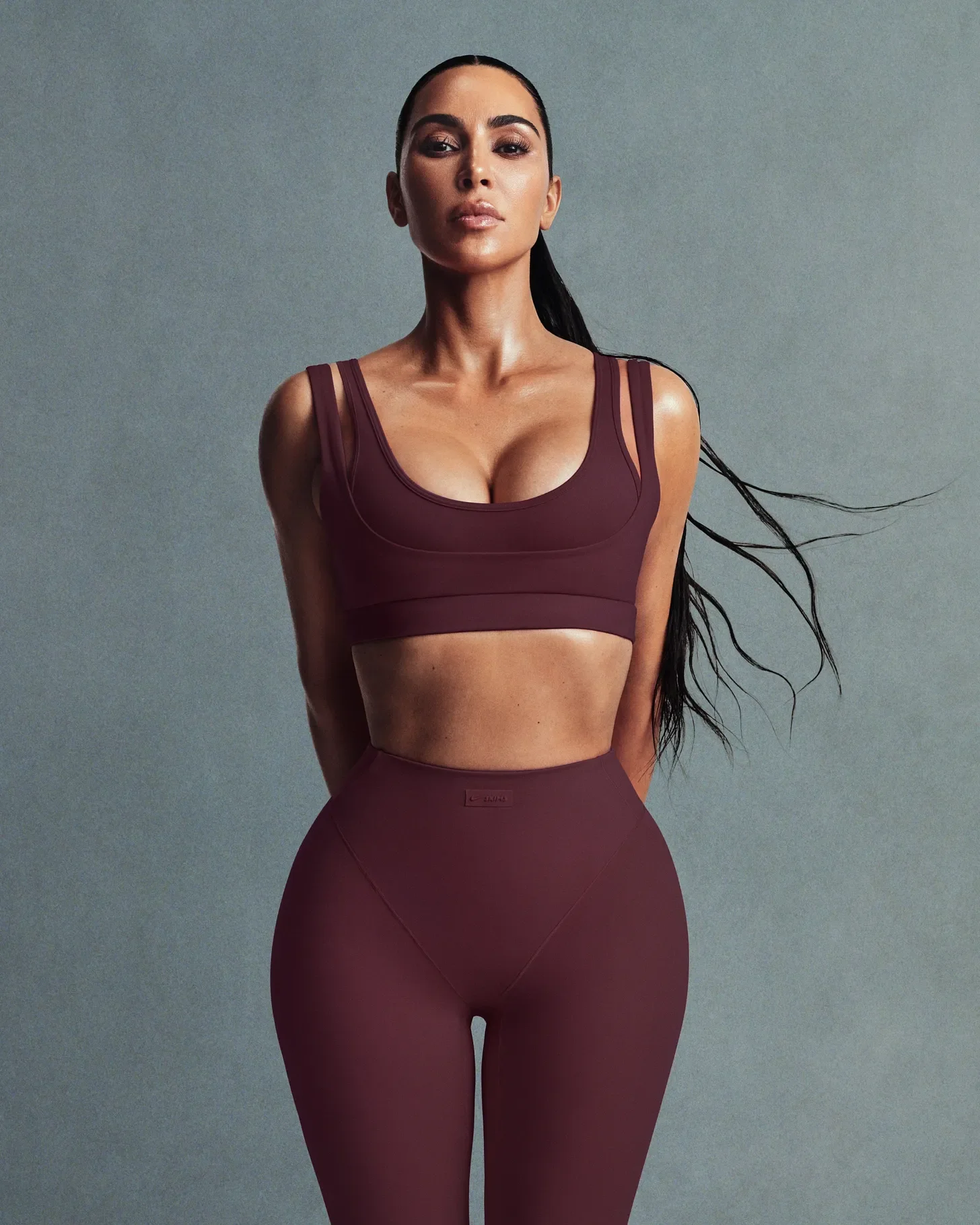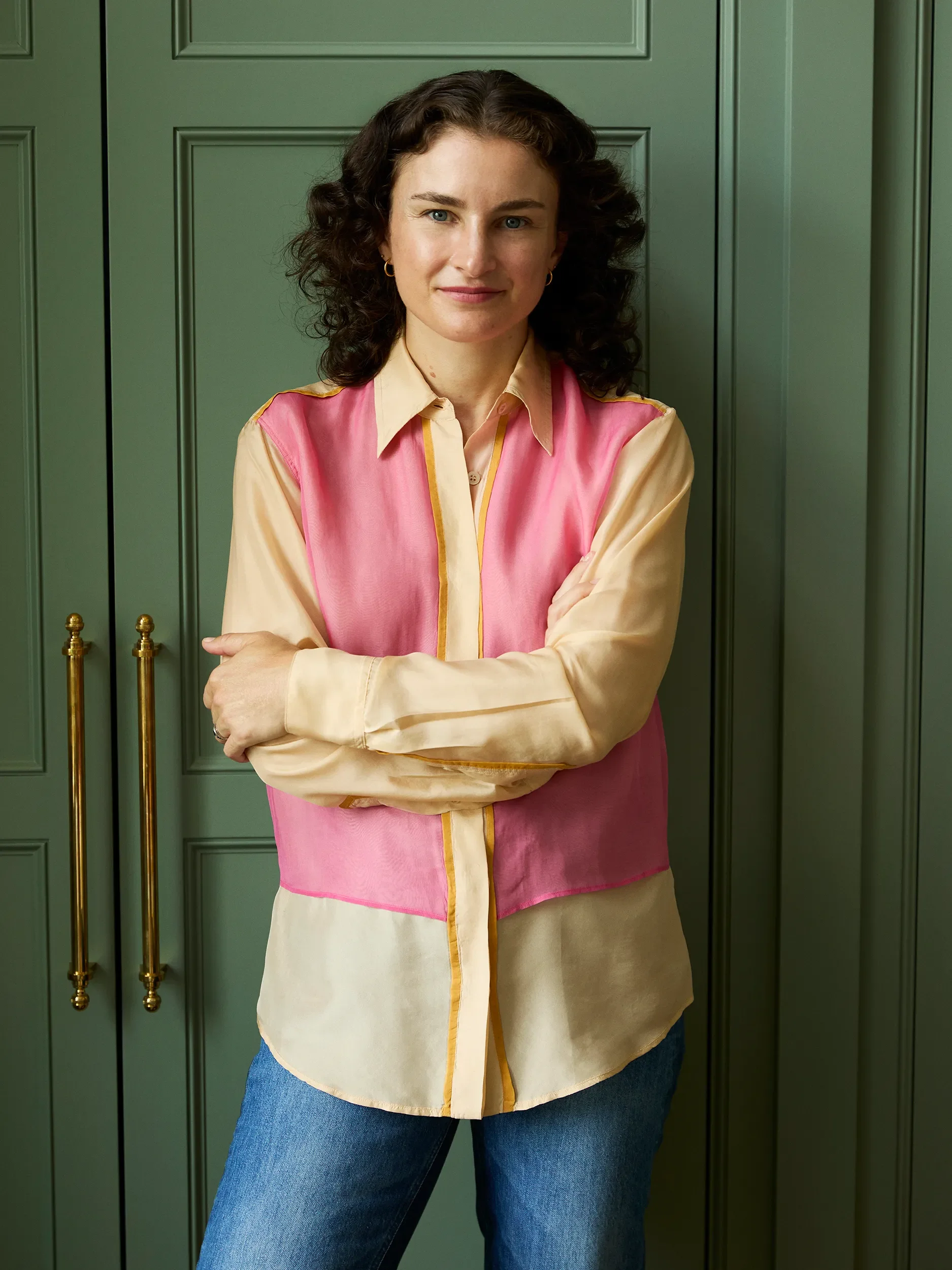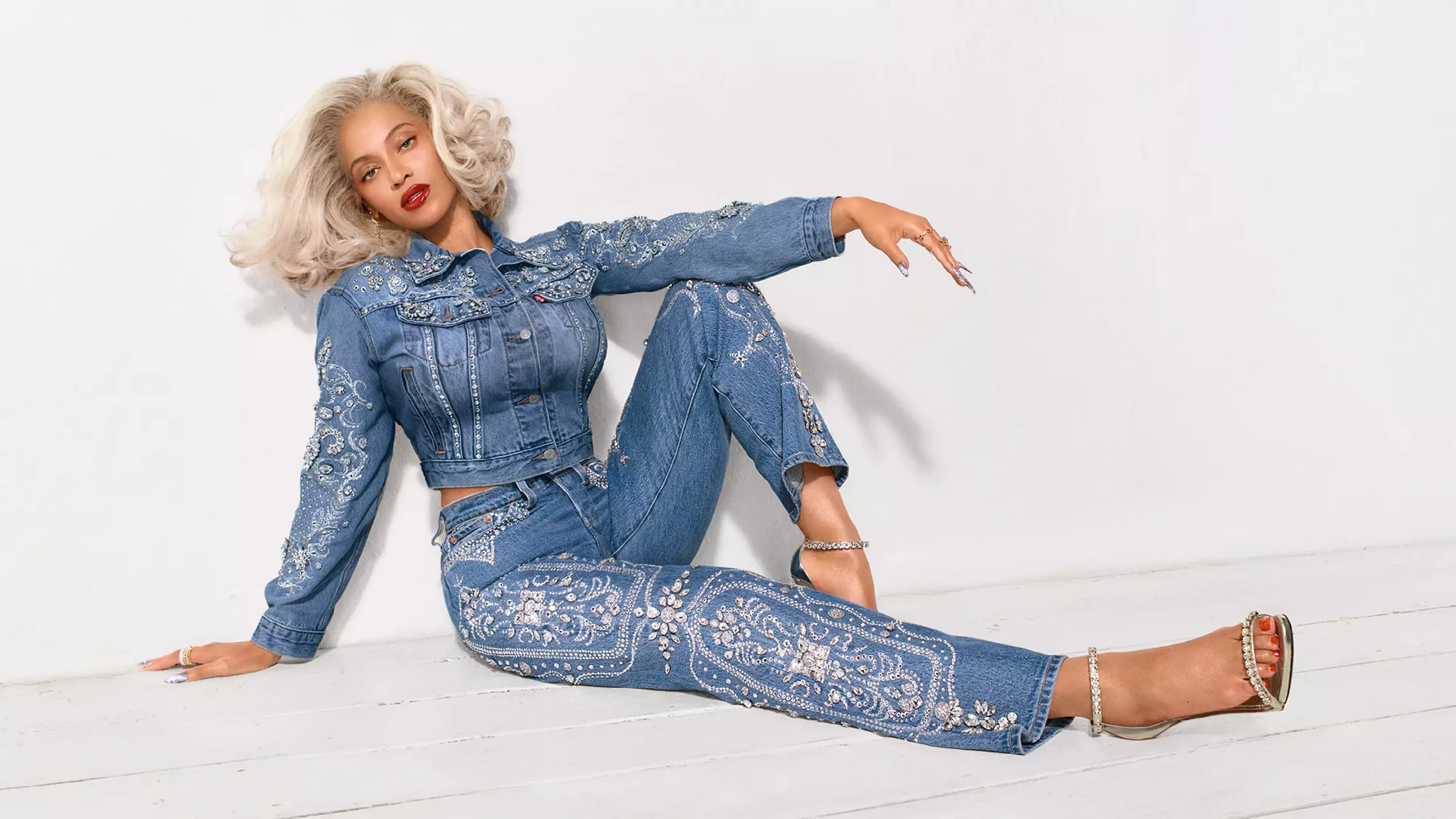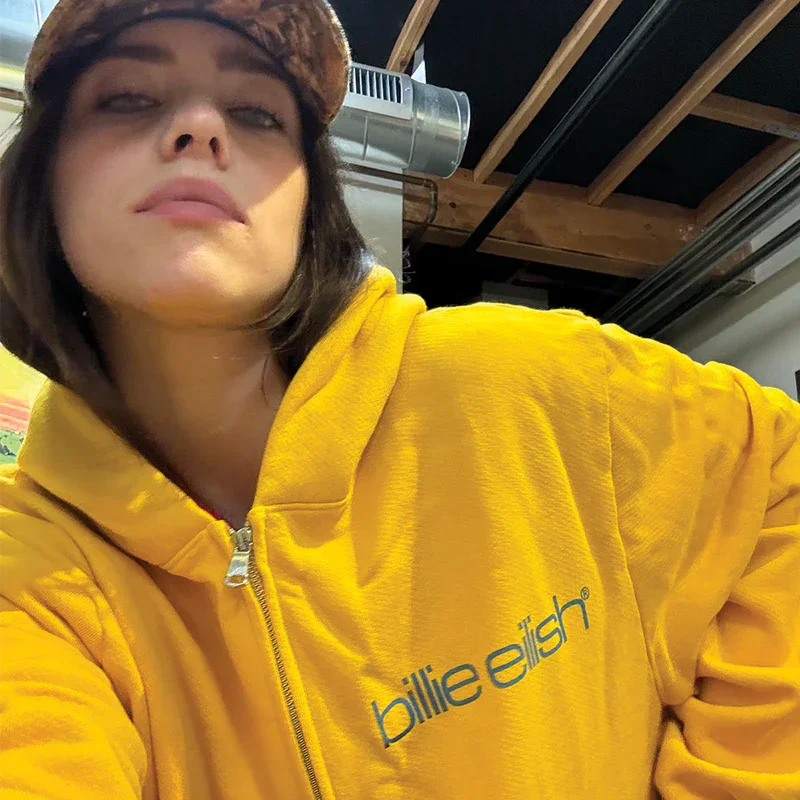NIVEA is dipping into nostalgia to re-launch its Essentially Enriched Body Lotion - and it’s doing so in style. The #SkinLikeVelour campaign sees the skincare giant team up with Y2K icon Juicy Couture for a limited-edition collection that merges touchable skin with tactile fashion. With social stars like Gabby Windey and Delaney Rowe driving the narrative on TikTok and Instagram, NIVEA’s move is a strategic blend of sensorial marketing, influencer fluency, and cultural throwback.
📊 Supporting Stats:
The body care market continues to grow, valued at $15.3 billion in the U.S. in 2024 (Statista), with Gen Z and Millennial consumers driving demand for “nostalgia beauty” products - up 37% year-on-year according to WGSN. Meanwhile, Juicy Couture’s revival has seen a 70% spike in resale searches since 2023 (Depop). NIVEA’s ability to connect skincare to a tactile, fashion-led sensibility taps straight into that cross-generational nostalgia economy.
🧠 Does It Work?
Yes - commercially and culturally. NIVEA’s partnership with Juicy Couture is a clever synthesis of sensorial storytelling and brand heritage. The visual metaphor (“skin like velour”) is both literal and emotionally evocative, grounding the product’s reformulation in cultural context rather than functional claims. By pairing a mass skincare brand with a fashion relic turned retro-chic symbol, NIVEA positions itself as both classic and current - a rare balance in the beauty space.
📌 Key Takeouts:
What happened: NIVEA relaunched its Essentially Enriched Body Lotion with a #SkinLikeVelour campaign and Juicy Couture collab.
What worked: The tactile metaphor connects product experience to cultural nostalgia - velour as texture and emotion.
What didn’t: Limited sweepstake access may reduce reach; the partnership risks feeling novelty-driven beyond short-term engagement.
Brand signal: Sensory storytelling is back - and beauty brands are embracing fashion-led nostalgia to cut through algorithmic sameness.
Strategic lesson: Aligning a reformulation with a cultural material cue (velour) adds story, status and shareability to an otherwise routine relaunch.
🔮 What We Can Expect Next:
Expect more skincare brands to borrow from fashion archives - not just for aesthetics, but for sensory metaphors that ground efficacy in cultural meaning. Y2K nostalgia still has runway left, but the next evolution will favour emotional texture over literal callbacks. NIVEA’s velour moment works because it feels soft, not forced - something the next wave of collabs would do well to remember.
